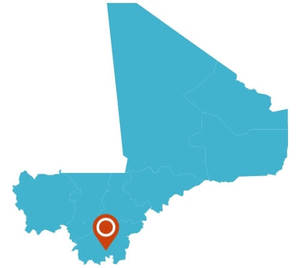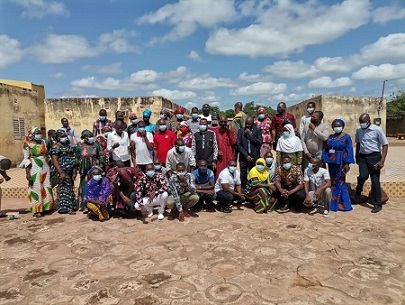Mali

Mali is one of the most under developed countries in the world, with nearly 65% of its inhabitants living in poverty. Although tremendous gains in malaria control have been made over the years, malaria still remains a major public health concern in the country with a number of regions still registering high transmission. Because of the high burden of malaria and the history of the Catholic Relief Services efforts in this region, the site was selected to evaluate the efficacy of a new spatial repellent product. Findings will be submitted to the World Health Organization Vector Control Advisory Group for assessment of whether spatial repellents have “public health value.” Entomological outcomes will also be measured as proxies of malaria transmission to help develop guidelines for the evaluation of future spatial repellent products.
Study Objectives:
- To evaluate the protective efficacy of spatial repellents against the first-time malaria infection;
- To confirm and measure entomological correlates of reduced infection to set benchmark thresholds and streamline future trials for other spatial repellent products by measuring only those endpoints correlated to protective efficacy;
- To quantify the efficacy in an epidemiological setting with insecticide resistant vectors;
- To quantify the total number of infections averted using the spatial repellent intervention.
Study Population and Location: The trial will be conducted in Kolondieba District, Sikasso Region, Mali which has some of the highest malaria transmission rates in the country with one malaria transmission peak period from July to November. Study participants include children ages 6 months to 10 years sleeping in the study clusters. Bed net coverage is high among children under 5 and generally much lower among children 5-10. Malaria incidence and prevalence therefore tend to be highest among this age group. This will allow the AEGIS team to assess the impact on different age groups and the added benefit on top of long lasting insecticide nets.

In-Country Project Leads: Catholic Relief Services and Malaria Research and Training Center
Additionally, health and market analyses will provide evidence for the scalability of implementation. To ensure the spatial repellent is adopted as a complementary vector control tool, findings will be disseminated to the scientific community, end users, and project stakeholders.
